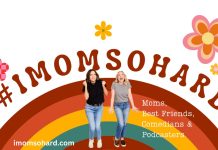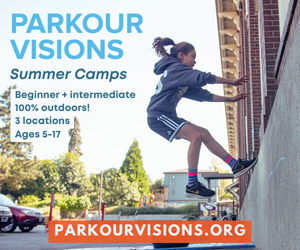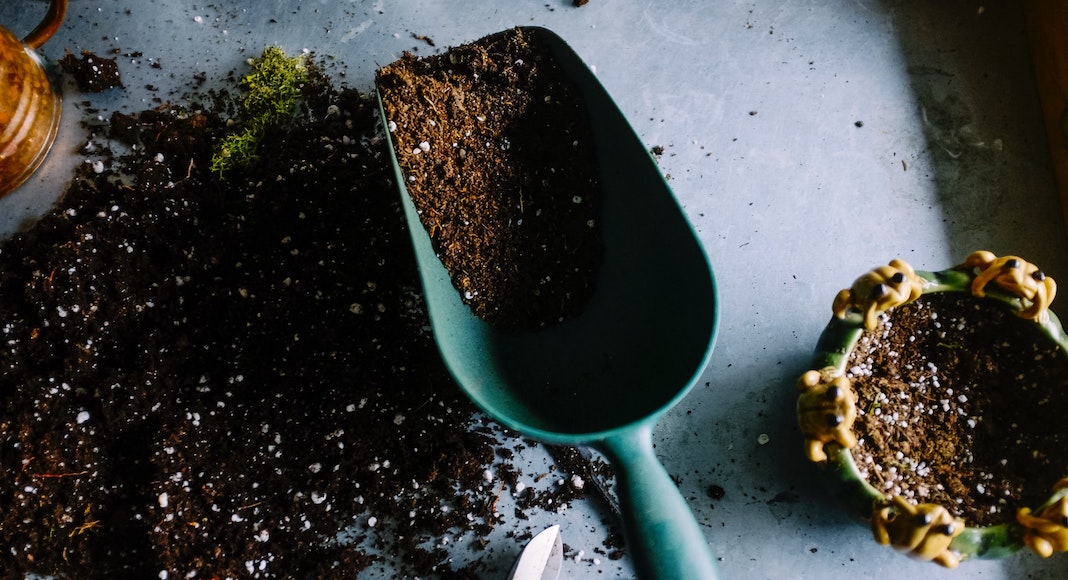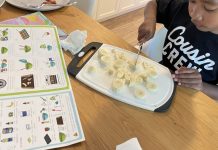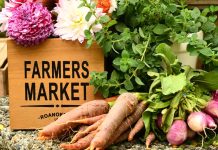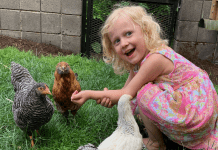The snow days, frigid temperatures, and endless rain this past winter had me dreaming of warmer weather, thawing soil, and getting back outside to do one of my favorite things: gardening. And with March in full swing, it’s time to start planning a garden in Portland. In past posts, I’ve shared tips on what to grow when, and how to preserve your edible garden treats. This post is all about the prep work; where to get the best quality (and priced) seeds and the tools and gear you’ll need to start.
Seeds/Starts
When I first started gardening, I just grabbed seed packets or veggie starts from any old store, but as I’ve grown as a gardener, I’ve found more reputable, better quality, and cheaper seeds or starts at specialty garden stores, online or through seed catalogs, and even harvesting my own! Here are some of my favorite sources:
1. Stores
*Blooming Junction
In between North Plains and Forest Grove, practically right off 26, it’s a beautiful place with lots of fun things to browse from the usual seeds, potted plants, soils, and garden tools and additives. They also have fun and unique garden decor, and in the summer, farm-fresh produce!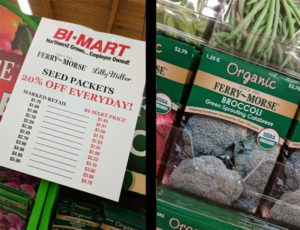
*Dennis’ 7 Dees
With locations conveniently in every corner of Portland and one in Seaside, they have knowledgeable salespeople, and huge selections of everything garden, yard, patio, and lawn.
*Big-box stores also carry seeds, however, if you are picky about the origin of your seeds (local and/or non-GMO), stay away from seed companies like Plantation, Ferry-Morse, Lilly Miller, or Ed Hume, etc.
2. Online/Seed Catalogs
You can find the highest quality seeds at the best prices in bulk by shopping catalogs. Many have been around for eons, and even sell heirloom. Order a hard copy catalog or browse online at my favorites:
*Johnny’s Seeds
Always non-GMO, this is one of the biggest online seed catalog distributors, selling small seed packets for home gardens all the way up to massive sacks for farms! They are not the cheapest, but their quality and guarantee is unbeatable.
*Victory Heirloom Seeds
This small, family-owned and operated farm is located in Molalla, Oregon. They grow and sell open-pollinated, non-GMO, non-hybrid, heirloom seeds to home gardeners.
*Seeds of Change
Selling only USDA Certified Organic seeds, they have some of the best prices, and I love how they organize (and sell) all seeds by growing season.
*Burpee
These seed packets are often sold at stores, but you get a bigger package and more information for a lower price if you order online. They also have organic and heirloom varieties to choose from.
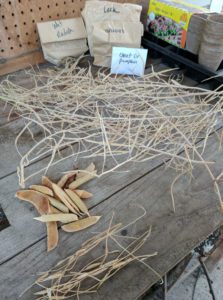 3. Harvesting Your Own
3. Harvesting Your Own
As you figure out which plants are your favorite, why not start saving your own seeds? Almost all annual garden plants can be cultivated from seed (vs start), and it’s really easy! Just let 1-2 of the variety you want to harvest go to seed at the end of their growing season. You can even save seeds from store-bought produce (just make sure they are non-GMO).
Cold crops like radishes, peas, lettuce, and cilantro will start to bolt as the weather gets hot. Let some peas grow fat and yellow on the vines, and the lettuce and cilantro sprout yellowing seed shoots. Other garden crops with seeds inside like tomatoes, peppers, squash, beans, and cucumbers can also be allowed to mature longer so the seeds get plump and ripe. Biennial veggies like carrots, onions, leeks, and beets will grow flowering shoots if allowed to stay in the ground over winter and into the next spring. All seeds should be air dried upside-down and stored in paper bags in a cool, dry place to prevent mold. I reuse old, empty seed packets, and just relabel them.
Gear/Tools
1. Journal
This is one of the best tools I’ve found in gardening. I jot down annual weather patterns, crop growth, which seeds have worked or not, and reminders of new veggies I want to try. I also store a map of my garden space in there so I remember the places I rotate my crops each year. I keep the journal handy on my potting bench during the spring and summer so I can make notes, and then store it in my garden shed over winter.
2. Indoor Growing Space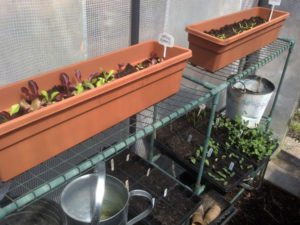
Because we have such a long growing season and some crazy climates in the spring and fall, a warm spot like a sunny kitchen window, sunroom, or greenhouse to start your seeds is wise. Portland has been known to see warm weeks as early as February or March, only to have cold temps and snow return a few days later. Many cold crops like peas, greens, and radishes can be sown directly in the ground before the danger of frost is gone, but a rogue freeze as late as May can harm your warmer starts and seedlings. Because of this, I start almost all my garden produce mid-March in small seed-start trays in a greenhouse until early May. You can get a small, cheap patio greenhouse for less than $30, or just use a sunny windowsill. As the seedlings get bigger, carefully transfer them to larger pots, until the weather is fine enough to plant them in your garden beds by late May.
3. Garden Space
For smaller gardens, raised beds and pots can fit space-constrained needs nicely, while those with larger yards may prefer to have an open in-ground garden. No matter how big or small your space, you should always rotate your cops (plant things in different places each year) to put key nutrients back in the ground and manage pests. Some plants like corn and squash deplete the soil of nitrogen, while others like peas and beans or cover crops like alfalfa and clover replenish it. Diseases like blight and wilt or insect infestation can linger in the soil of repeated crops or even transfer between certain, related plants.
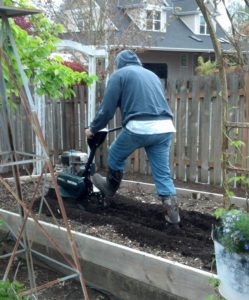 4. Rotatiller
4. Rotatiller
It’s always best to loosen the soil for planting or add in mature compost. Tilling is easiest way to do this. Some people till as soon as the ground thaws, but I like to wait and do it when I’m ready to start transplanting starts or directly sowing seeds in April and May. That way, I won’t be pulling more weeds before my veggies are in the ground! For large beds and in-ground garden space, a large motorized tiller will save you time and sweat, but if you have smaller beds, a hoe or small hand tiller will work just fine.


